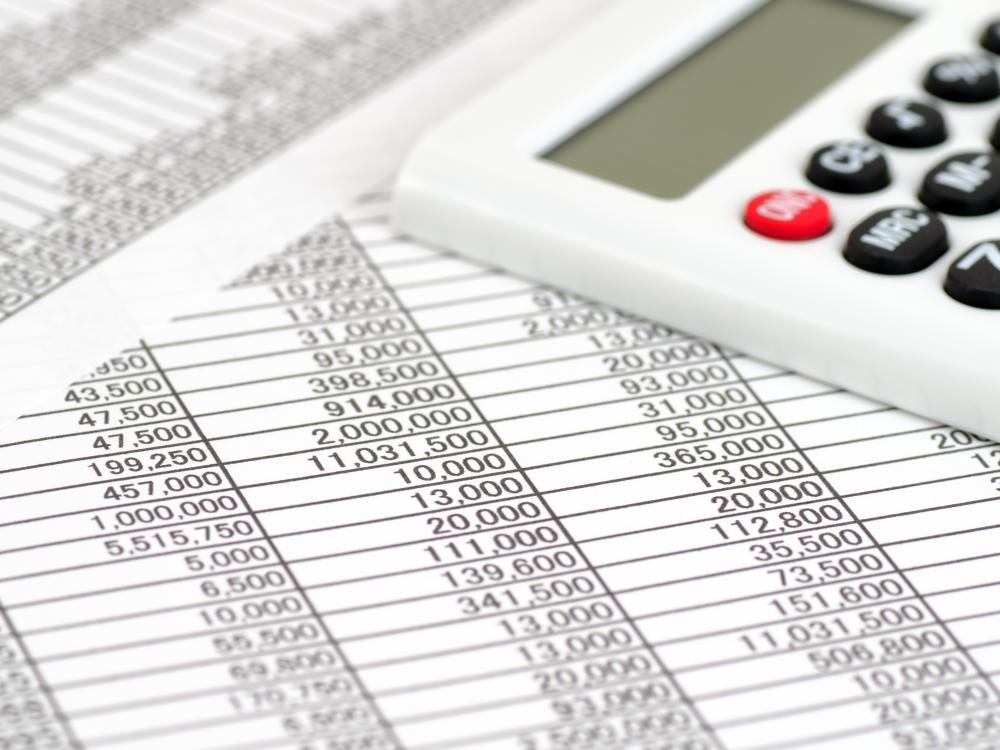At SmartCapitalMind, we're committed to delivering accurate, trustworthy information. Our expert-authored content is rigorously fact-checked and sourced from credible authorities. Discover how we uphold the highest standards in providing you with reliable knowledge.
What is Current Cost Accounting?
Accountants and tax advisers use current cost accounting to estimate the present values of business assets. This accounting method uses the current rate of inflation to determine an asset's replacement cost. It differs significantly from historical cost accounting, which determines replacement costs based on original purchase prices. The use of this type of accounting addresses the disparity between historical and current costs that result from inflation.
The incorporation of inflation into asset valuation became popular in the late 19th century. Corporate leaders such as Andrew Carnegie used this accounting method to determine asset values in large-scale businesses, and the global economic collapse of the late 1920s contributed to its widespread use. The 1929 stock market crash in the United States led to uniform cost accounting standards that eliminated bad business practices.

Current cost accounting is used for income tax returns and business appraisals. Business owners and self-employed individuals can cite asset purchases in the previous year as tax liabilities. The value of each business asset listed on an income tax return is determined by this method, and income tax filers generally benefit from this style because it provides higher values for their assets.
Banks and institutional lenders use current costs when appraising the values of businesses, as it allows lenders to determine the current value of a business based on its assets. This value can be used by the issuing lender to determine loan sizes and repayment conditions. Corporations that have bought out competitors might use this method to assess the overall values of their investments. Current costs also are important in bankruptcy and liquidation processes to determine total losses to business owners.
The use of current cost accounting has not emerged without criticisms. One criticism of this approach is that current costs rely on inflation rates, and those of major currencies, such as the dollar, the euro, and the yen, are not always consistent. Accounting firms and industry groups might alternate between current and historical costs depending on inflation levels.
Additional criticisms deal with currency differentials and purchasing power. Currency exchange rates around the world change depending on government policies and international economic issues. The lack of a single currency for the global economy means that current costs differ from country to country, and this uncertainty in currency exchange rates is similar to the lack of uniformity in purchasing power. Drastic price changes in high-demand assets from decade to decade mean that a certain amount of money might not buy the same amount of assets that it would have bought 30 years ago.
AS FEATURED ON:
AS FEATURED ON:











Discuss this Article
Post your comments